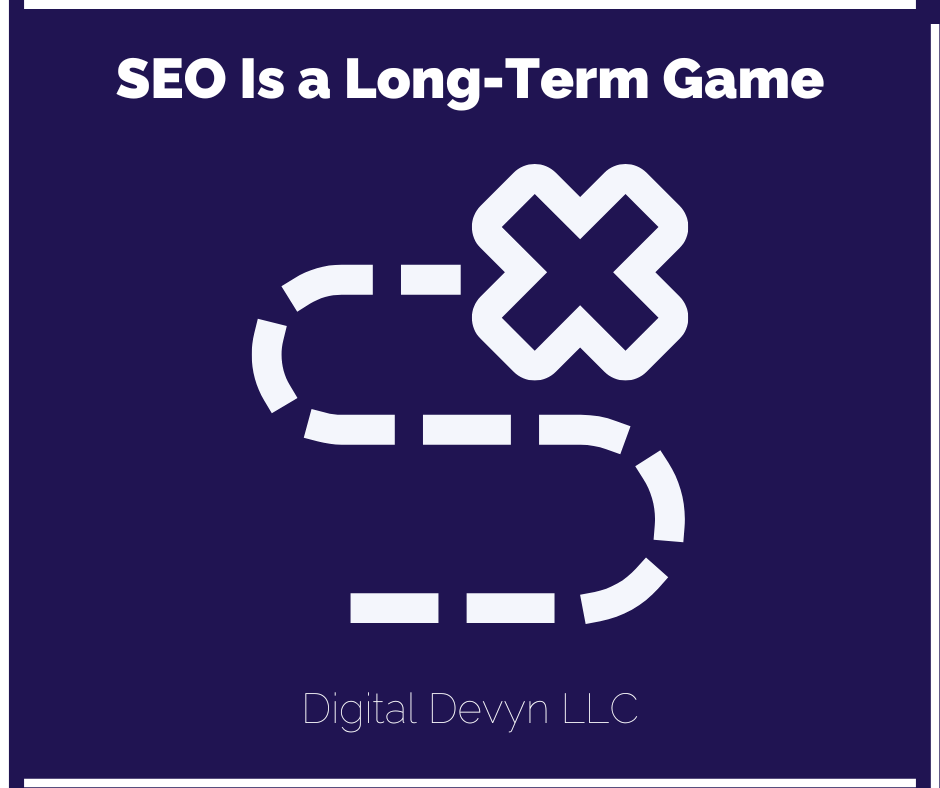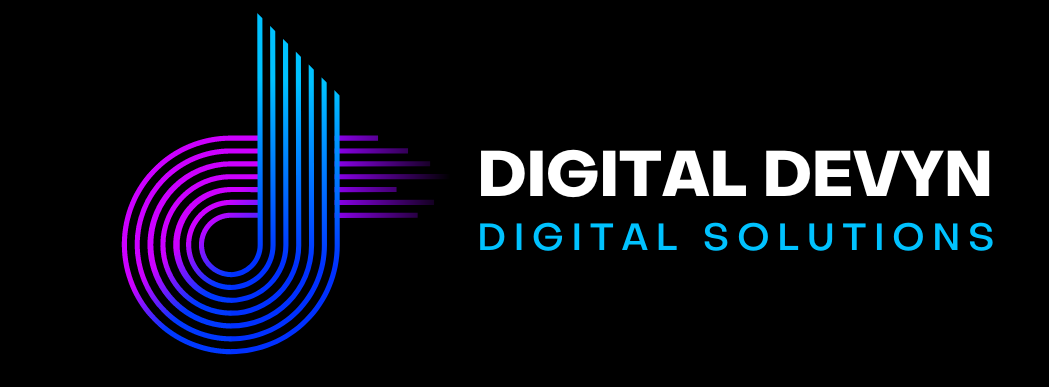
Search Engine Optimization (SEO) is not an overnight success strategy. Unlike paid ads, which deliver instant traffic, SEO builds sustainable growth over time. Businesses that invest in SEO see compounding results, stronger brand authority, and long-lasting organic visibility.
According to a study by Ahrefs, 91% of content gets zero organic traffic from Google, mainly due to poor optimization or lack of authority. Success in SEO requires patience, strategy, and consistency.
Here’s why SEO requires time—and why it’s worth the wait.
1. Google’s Algorithm Rewards Consistency
Google’s ranking system prioritizes sites that demonstrate long-term quality and reliability. New websites rarely rank on page one immediately because search engines assess their credibility over time.
Key Ranking Factors That Improve Over Time:
- Domain authority – Established sites with high-quality backlinks rank higher.
- Content freshness & updates – Regularly updated content signals relevance.
- User engagement metrics – Higher click-through rates (CTR) and lower bounce rates improve rankings.
Backlinko analyzed 11.8 million Google search results and found that the average first-page result is over two years old. This highlights why new content rarely ranks overnight.
Why It’s a Long-Term Process:
- Google’s algorithm requires time to index, analyze, and trust your content.
- Competitive industries demand sustained effort to outperform rivals.
- Authority grows as more users engage with and reference your site.
To understand how Google’s ranking works, refer to their Search Central guidelines.
2. Building Authority Takes Time
SEO success depends on Experience, Expertise, Authority, and Trustworthiness (E-E-A-T), which Google uses to assess content credibility. Establishing authority requires producing consistent, high-quality content and earning backlinks from reputable sources.
How to Build SEO Authority:
- Publish in-depth, research-backed content (e.g., case studies, expert interviews).
- Earn backlinks from high-authority domains (e.g., Forbes, HubSpot, or niche leaders).
- Maintain a strong internal linking structure to enhance navigation and SEO.
A new health blog competing against WebMD or Mayo Clinic won’t rank immediately. Instead, it must prove expertise by consistently publishing medical research-based content and earning citations from trusted medical sites.
Why It’s a Long-Term Process:
- Authority grows as more websites reference and trust your content.
- Google prioritizes domains with historical credibility, which takes years to develop.
- A study by Moz found that websites with higher domain authority dominate the top 3 Google rankings in competitive industries.
3. SEO Is a Compounding Investment
Unlike paid ads, where traffic stops when spending stops, SEO compounds over time. The more optimized content you create, the greater your organic reach.
SEO’s Long-Term Growth Benefits:
- Older pages gain more backlinks and authority over time.
- Internal linking strengthens your site’s overall structure.
- Content continues to drive traffic months or years after publication.
HubSpot reported that 76% of its blog traffic comes from older posts. This proves that SEO content continues generating traffic long after publication.
Why It’s a Long-Term Process:
- Initial rankings fluctuate, but sustained SEO efforts lead to exponential growth.
- Well-optimized evergreen content attracts visitors for years without additional costs.
4. Competitive Niches Require Persistence
Highly competitive industries (e.g., finance, healthcare, and SaaS) have established players dominating search results. Beating them requires ongoing SEO efforts.
How to Outrank Competitors Over Time:
- Identify long-tail keywords with lower competition (Ahrefs Keyword Explorer is a great tool for this).
- Improve site UX and page speed for better rankings (Google PageSpeed Insights helps with optimization).
- Publish authoritative content that surpasses competitors.
In the legal industry, a new law firm website won’t outrank Avvo or FindLaw overnight. However, targeting niche local keywords (e.g., “divorce lawyer in Miami with free consultation”) can help build rankings gradually.
Why It’s a Long-Term Process:
- Top-ranking sites won’t lose their positions easily.
- Businesses must continuously optimize content and backlinks to compete.
- Google prioritizes sites with a history of expertise and credibility.
5. Search Trends and Algorithms Evolve Constantly
Google updates its search algorithm thousands of times per year. SEO strategies that worked a year ago may no longer be effective.
How to Stay Ahead:
- Adapt to new ranking signals (Google Search Status Dashboard provides live updates).
- Optimize for voice and mobile search.
- Continuously audit and improve your content.
In 2023, Google’s Helpful Content Update penalized AI-generated spam and rewarded human-first, expert-driven content. Websites that failed to adapt saw a 20-30% drop in traffic overnight (source).
Why It’s a Long-Term Process:
- SEO requires ongoing adjustments to stay aligned with Google’s evolving guidelines.
- Adapting to new search trends prevents organic traffic declines.
6. Organic Growth Builds Sustainable Traffic
Paid ads generate immediate traffic but disappear when the budget runs out. SEO, on the other hand, delivers long-term organic traffic that doesn’t rely on ad spend.
SEO vs. Paid Ads Over Time:
| Factor | SEO (Organic) | Paid Ads |
|---|---|---|
| Traffic Source | Search engines | Ad networks |
| Longevity | Long-term | Short-term |
| Cost | Low ongoing costs | Continuous spending required |
| Credibility | Higher (earned rankings) | Lower (sponsored results) |
A WordStream study found that the average cost per click (CPC) for Google Ads is $2.69, whereas organic traffic is free once rankings are established.
Final Thoughts: Patience Pays Off in SEO
SEO is a long-term digital marketing strategy, not a quick fix. Businesses that invest consistently in high-quality content, technical optimization, and authority-building efforts see sustained organic growth and higher conversions over time.
Want faster results? Start today—because the sooner you invest in SEO, the sooner you’ll see lasting benefits.

